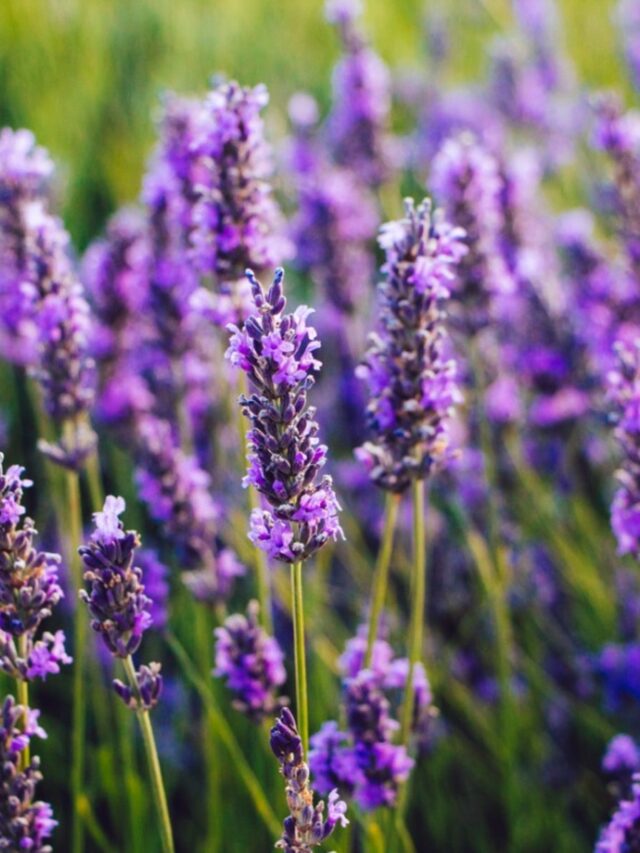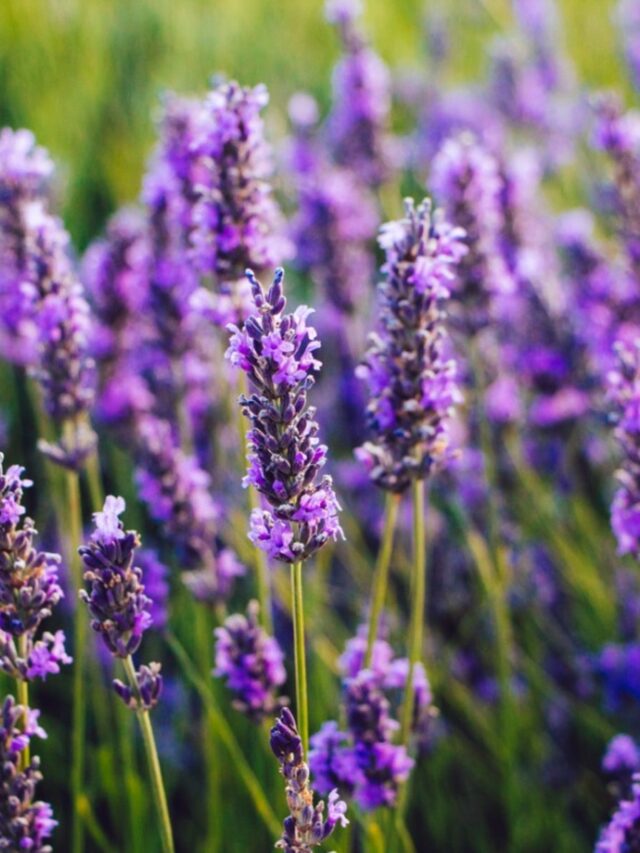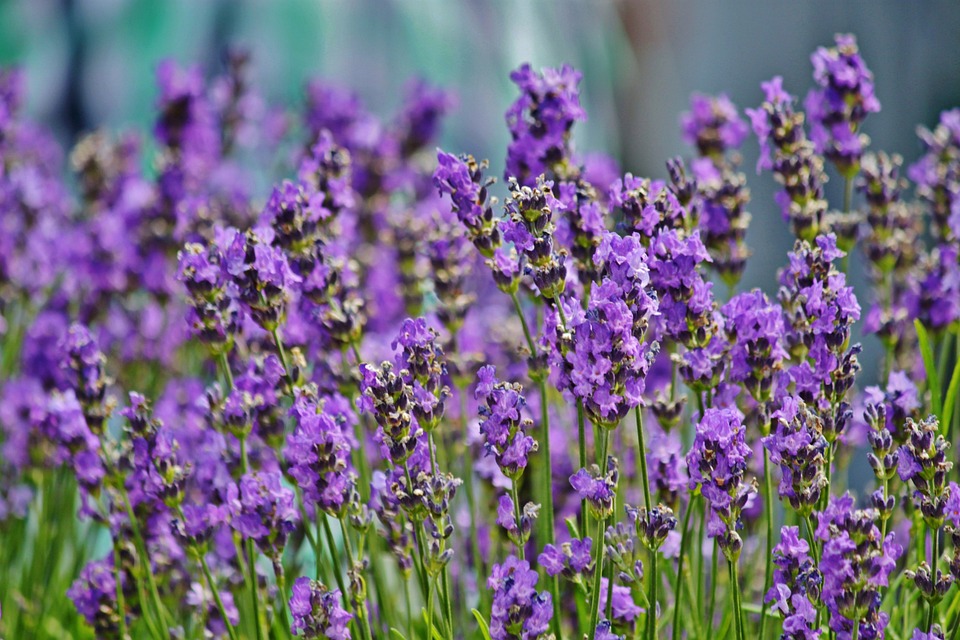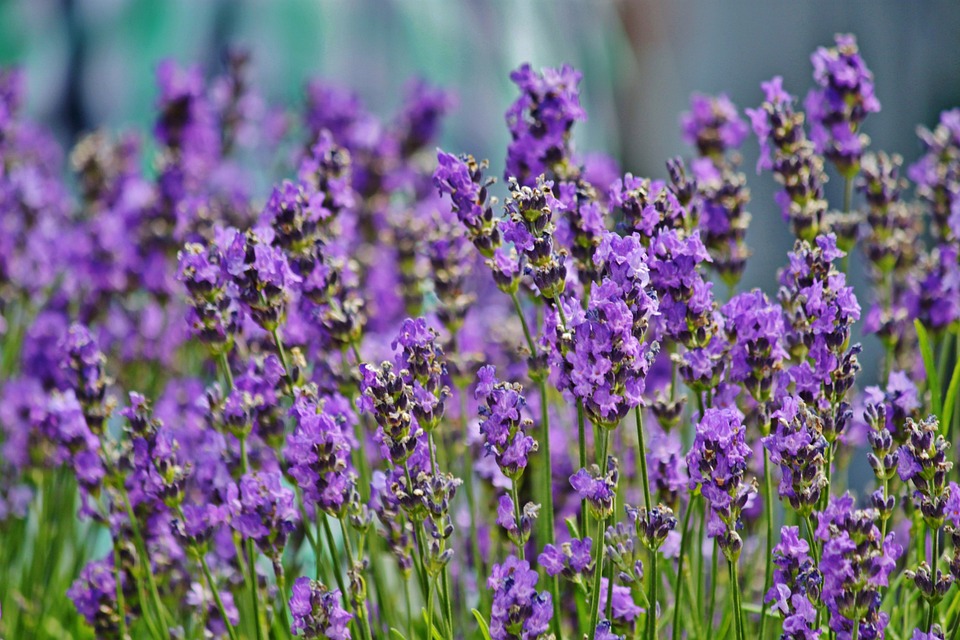Hummingbirds, those tiny, iridescent jewels of the avian world, are known for their remarkable agility, iridescent plumage, and, of course, their insatiable appetite for nectar.
But do all species of these enchanting creatures share the same dietary preferences? Let’s take a closer look at the fascinating world of hummingbird diets.
Understanding Hummingbird Diets

Nectar: The Primary Fuel
At the heart of a hummingbird’s diet lies nectar, a sweet, sugary substance found in flowers.
This high-energy fuel serves as the primary source of sustenance for these remarkable birds, providing them with the energy they need to maintain their rapid metabolism and aerial acrobatics.
Beyond Nectar: Supplementing the Diet
While nectar forms the cornerstone of their diet, hummingbirds are not solely dependent on it.
These resourceful birds also supplement their diet with small insects and spiders, which provide essential proteins and nutrients necessary for their survival.
Variation Among Species
Despite their shared love for nectar, not all species of hummingbirds have identical diets.
Different species have evolved to exploit various food sources based on factors such as their geographic location, habitat, and beak morphology.
Dietary Variations Across Species

Nectar Specialists
Some species, known as nectar specialists, have evolved highly specialized beaks and tongues perfectly adapted for extracting nectar from flowers.
These birds primarily rely on floral nectar as their primary food source and may have limited access to alternative food options.
Insectivorous Hummingbirds
In contrast, other species of hummingbirds, often referred to as insectivorous hummingbirds, exhibit a more diverse diet that includes a significant portion of insects and spiders.
These birds supplement their nectar intake with protein-rich prey, which is particularly important during breeding seasons or when nectar sources are scarce.
Opportunistic Feeders
Additionally, certain hummingbird species demonstrate remarkable flexibility in their feeding behaviors, exhibiting opportunistic tendencies by exploiting a wide range of food sources based on availability.
These adaptable birds may switch between nectar, insects, and even sap to meet their nutritional needs.
Factors Influencing Dietary Preferences

Habitat Diversity
The diverse habitats inhabited by hummingbirds play a crucial role in shaping their dietary preferences.
Species residing in tropical rainforests may have access to a plethora of flowering plants, while those inhabiting arid regions might rely on alternative food sources during periods of drought.
Morphological Adaptations
The morphology of a hummingbird’s beak and tongue is intricately linked to its dietary preferences.
Species with long, slender bills are adept at accessing nectar from deep-throated flowers, while those with shorter, stouter bills may be better suited for capturing insects.
Seasonal Variations
Seasonal fluctuations in food availability can also influence hummingbird diets.
Some species migrate over long distances to access abundant food sources, while others may alter their feeding behaviors in response to changing environmental conditions.
Conclusion
In conclusion, while nectar serves as the primary fuel for all species of hummingbirds, the specifics of their diets vary significantly across different taxa.
From nectar specialists to opportunistic feeders, hummingbirds have evolved a diverse array of dietary strategies to thrive in their respective habitats.
Understanding these dietary variations is crucial for conserving these enchanting creatures and the ecosystems they inhabit.
FAQs (Frequently Asked Questions)
1. Do hummingbirds only drink nectar?
While nectar forms the bulk of a hummingbird’s diet, they also consume small insects and spiders to supplement their nutritional intake.
2. Can hummingbirds survive on nectar alone?
Hummingbirds have evolved to efficiently extract energy from nectar, but they also require proteins and other nutrients found in insects and spiders to maintain optimal health.
3. What flowers attract hummingbirds the most?
Hummingbirds are attracted to flowers with tubular shapes and bright colors, such as trumpet vines, bee balm, and salvia.
4. How often do hummingbirds need to feed?
Hummingbirds have high metabolisms and need to feed frequently, typically consuming nectar every 10 to 15 minutes during the day.
5. Are there any hummingbird species that feed exclusively on insects?
While most hummingbirds primarily feed on nectar, some species, such as the bee hummingbird, have a more insect-based diet compared to others.






